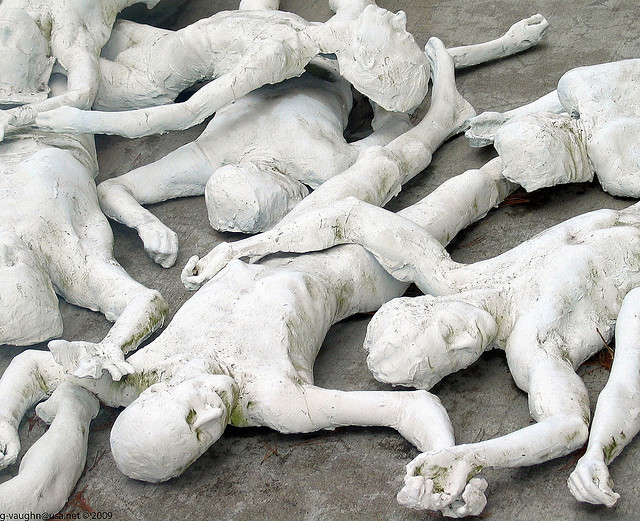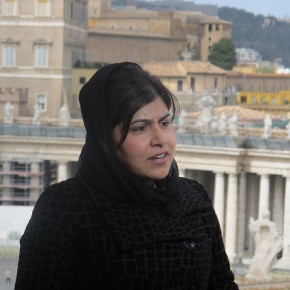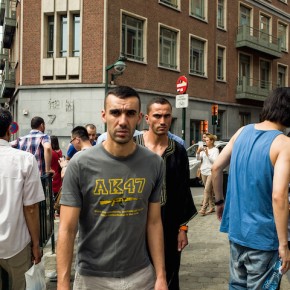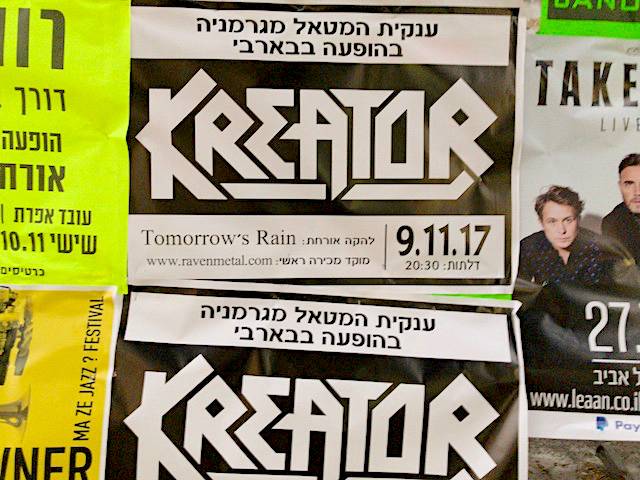The Berlin launch event for the Holocaust memorial project Never Again for Anyone was strange for me. This was partially because I was nervous about handling the film portion. It was also because I felt strange about how I would interact with the event as a Pakistani Muslim. Luckily, I was joined by an extremely diverse community of organizers. Descendants of Holocaust, Hiroshima, and Dresden survivors were all present, united in their desire for a fresh perspective on the Shoah. Progressives are sometimes impatient with a buzzword like “diversity,” mainly because of how they have become used to dismiss concerns about inequality, but events like this are proof of how it can be an asset.
Before my segment, rich discussions were generated about both the Holocaust and its wider effects. I was impressed and satisfied with how topics as diverse as inequality, Social Darwinism, and climate change were all tackled. Obviously, we can’t equate what happened during the Holocaust with these injustices. But that wasn’t the point. The idea was that the moral and structural lessons that we gleaned from the Nazi genocide need to be applied everywhere. This is what the project’s lead organizers believe will lead to a fuller realization of the phrase “Never Again.”
I agreed with them fully during the movies I screened: the black-and-white documentary Night and Fog, the animated short Silence, and an excerpt of the science-fiction epic Metropolis. After setting the tone with Night and Fog, which is a more traditional portrayal of the Holocaust in all its viciousness, I transitioned to Silence as something a little more intimate. Silence animated the oral history of one Jewish girl’s survival of the Holocaust, and how she navigated the trauma in the ensuing decades. It reflected the heart of what Never Again is really about: straying away from the mainstream culture of Holocaust remembrance, which values memorials over discussing common humanity.
This is crucial, because the Shoah arose from a charred and fragmented society in the first place. If it wasn’t for World War I, and the economic warfare of the Treaty of Versailles, then social problems may have not been so murderously projected onto Jews. Once I communicated that Never Again also must refer to a structural change, we viewed excerpts of Metropolis, which portrays a violently unequal dystopia that ultimately explodes in violence. This led to a serious discussion on why genocide happens, in addition to other immense issues like poverty, and what needs to change about our prevailing social and economic structures to put a stop to it. Here, I drew on the work of theorists like Hannah Arendt, Theodore Adorno, Max Horkheimer, and Slavoj Zizek, all of whom are great influences on the project.
The event could have ended there, but thankfully, Never Again is smarter than that. Organizers divided people into small groups, and instructed them to think about ways to actualize the night’s content into community-based actions. This was extremely important, as it was started to challenge the idea of Holocaust as mourning with Holocaust as command to passionately resist. I left the night being fully confidant that Never Again and its global network of activists in places like Rwanda, Palestine, and Germany, have the potential of doing something truly innovative when it comes to the Holocaust. The phrase Never Again can mean so much more than it does, and perhaps one day, it can include a wider awareness of human suffering that needs to be alleviated. This is especially true for Palestinian Arabs, who are indirect victims of the Holocaust by suffering from its fallout in Zionist bravado. “Never Again” is a phrase that must accompany substantive action and deeper transformation. Otherwise, none of us will be able to truly move past what happened, because the spiritual damage will remain, and we won’t even be confident in saying that it will never happen again.
Photograph courtesy of Greg Vaughan. Published under a Creative Commons License.





